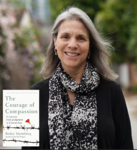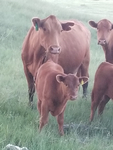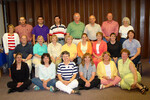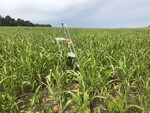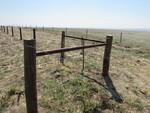Posted date: Nov 7, 2022
by: Admin My Local Life
390 Views
Urban agriculture, urban farming, or urban gardening is cultivating, processing, and distributing food in or around urban areas. An urban area is the region surrounding a city. "Urban area" can refer to towns, cities, and suburbs. Urban agriculture is also the term used for animal husbandry, aquaculture, urban bee keeping, and horticulture.
Urban farming is a local food system where food is produced within an urban area and marketed to local consumers within the area. It's a way to grow food close to where it is consumed and to help bring fresh food close to where it is consumed and to help bring fresh food to urban locations. In the past 30 years urban farming increased over 30%. "Locally Grown" food gives local residents food that is fresh and with less transportation costs to the local consumer.
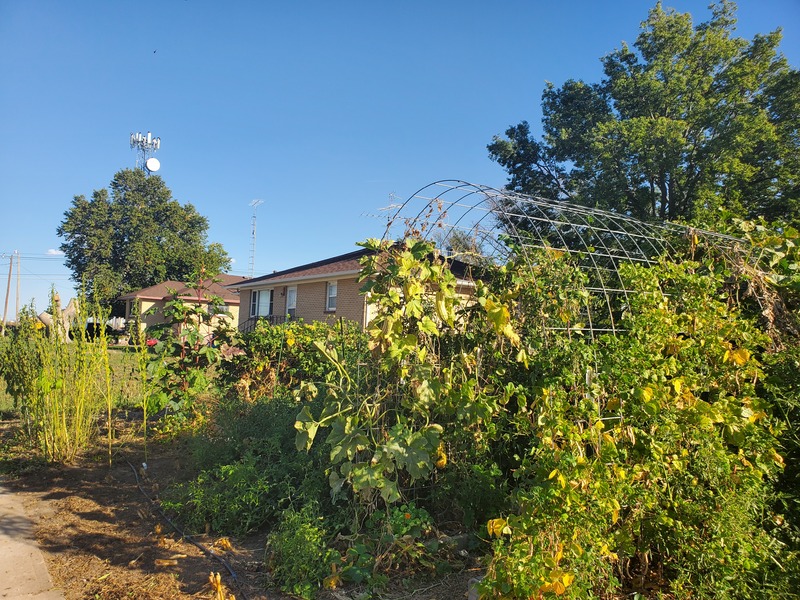
Urban agriculture is very important and involves backyard gardens, raised beds, greenhouses, rooftop gardens, animal husbandry, urban beekeeping, and aquaponics. During World War II, households grew approximately 40% of the United States demand for fresh fruits and vegetables. Growing vegetables in the backyard rather than lawn uses the water for healthy food rather than a grass lawn. Captured rainwater from house and garage roofs can also be used to grow fruits and vegetables.
Of all the structures used to grow fruits and vegetables, raised beds (10ft X 10ft) were the most common and were used 64% of the time. Hydroponic garden operations had the highest average income from urban farm sales of fruits and vegetables. However, only 20% of backyard garden growers goals was growing for a market. Their goal was growing fruits and vegetables for their own use and sharing with neighbors.
Common plants grown in the backyard gardens include: tomato, cucumber, cabbage, potato, sweet potato, squash, peppers, lettuce, kale, carrots, onions, and beets. Estimates suggest that a backyard garden could yield 39.7 pounds of annual fruits and vegetables per season or 16% of the recommended minimum of 242.5 pounds of fruits and vegetables for one person for one year. That amount of production would save approximately $70.00 per year by not purchasing the garden grown fruits and vegetables at the supermarket.
A single garden plot and a few hens can contribute to an individuals annual nutritional needs providing 9.2% of protein, 23% of vitamin K, 20% of vitamin C, and smaller amounts of other nutrients and vitamins. And a family keeping a small flocks of chickens could easily produce all their egg needs.
Following are 10 reasons to try urban farming and gardening:
- Learn a unique skill
- Grow food in a limited space
- Grow healthy food
- Reduce food insecurity
- Grow high quality food
- Grow food year round (green house)
- Grow sustainable food
- Grow safe food
- Build community
- Save money $$$
Growing food locally is positively correlated with consumption of fresh fruits and vegetables. Urban agriculture also supports health by contributing to safe, healthy, and green environments in neighborhoods, schools, and abandoned areas. Increasing fruit and vegetable consumption is important for meeting public health and nutrition guidelines. Daily fiber intake also need to include fiber from staple foods made from whole grains and legumes. 48% of consumers prefer locally grown food. Locally grown food is an extremely healthy food source and helps prevent food insecurity. Locally grown food is less expensive, less packaging is needed, and the food is high quality. Locally grown, healthy food can prevent illness while growing your "favorite" fruits and vegetables.
Another environmental benefit of urban farming is reduced storm water runoff. Urban agriculture uses much less herbicide, pesticide, and artificial fertilizer. Urban farming creates homes for pollinators which is a huge benefit and helps preserve indigenous crops. Also growing food locally reduces the carbon footprint because most of the food is grown in the location this it is consumed. The lower carbon footprint is because of less truck transportation to deliver food to where it is consumed.
In summary the food system includes:
- Production
- Processing
- Distribution
- Consumption
In urban agriculture, the above 4 items are all done locally.
USDA is expanding its People's Garden Initiative to include eligible gardens nationwide. School gardens, community gardens, urban farms, and small-scale agriculture projects in rural, suburban and urban areas can be recognized as a "People’s Garden" if they register on the USDA website and meet criteria including benefiting the community, working collaboratively, incorporating conservation practices and educating the public. Affiliate People's Garden locations will be indicated on a map on the USDA website, featured in USDA communications, and provided with a People's Garden sign.
To learn more about People's Garden or to register one, visit the People's Garden webpage at https://usda.gov/Peoples-Garden
To learn more about the People's Garden Initiative, and possibly receive cost-share assistance please contact your local USDA/NRCS office.


